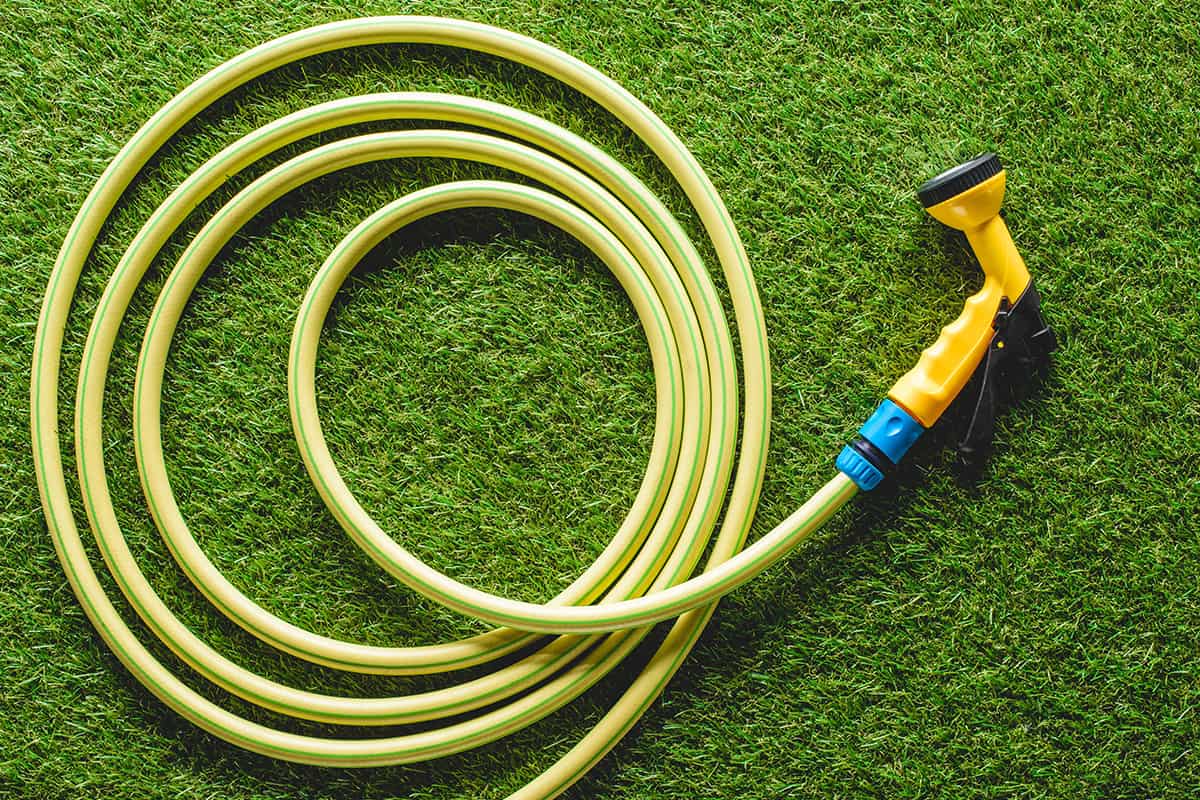

Articles
What Size Is A Garden Hose Fitting
Modified: August 28, 2024
Learn about the standard sizes of garden hose fittings used in gardening. Discover what size fitting is most suitable for your gardening needs.
(Many of the links in this article redirect to a specific reviewed product. Your purchase of these products through affiliate links helps to generate commission for Storables.com, at no extra cost. Learn more)
Introduction
A garden hose is an essential tool for any gardener or homeowner. It provides a convenient way to water plants, wash cars, and clean outdoor areas. While most people are familiar with the basic concept of a garden hose, many may not be aware of the various fittings and sizes available.
In this article, we will explore the different sizes of garden hose fittings, how to understand hose thread sizes, determine the correct fitting size, and discuss the types of fittings commonly used. Additionally, we will provide useful tips for proper installation and maintenance to ensure the longevity and efficiency of your garden hose.
Understanding the size of your garden hose fitting is crucial for a proper connection and optimal water flow. Whether you need to replace a damaged fitting or upgrade your existing setup, having a clear understanding of the different sizes and types of fittings available will help you make informed decisions.
So, let’s dive in and explore the world of garden hose fittings to ensure that you have the right equipment for your gardening needs.
Key Takeaways:
- Choose the right garden hose fitting size by matching the inner diameter of the hose with the fitting size. Use adapters or couplers for different sizes, and ensure a secure connection with hose clamps.
- Properly maintain garden hose fittings by inspecting for damage, using thread seal tape, and storing them correctly. Regularly check for leaks, choose high-quality materials, and replace damaged fittings for efficient and long-lasting use.
Read more: What Size Of Keg Fits For Kegerator
Common Sizes of Garden Hose Fittings
Garden hose fittings come in a variety of sizes, each designed to connect to specific hose sizes or other equipment. The most common sizes of garden hose fittings are:
- 3/4 inch
- 5/8 inch
- 1/2 inch
The 3/4-inch garden hose fitting is the most commonly used size and is typically found on standard garden hoses. This size provides a good balance of water flow and pressure for most residential watering needs. It is often used for tasks such as watering plants, filling up pools, and washing cars.
The 5/8-inch garden hose fitting is slightly smaller than the 3/4-inch size and is commonly used for lighter tasks, such as watering small plants or flowers. It is also suitable for general household use, including washing windows or cleaning outdoor furniture.
The 1/2-inch garden hose fitting is the smallest standard size available. It is commonly used for more specialized applications, such as connecting to sprinkler systems, drip irrigation systems, or other equipment that requires lower water flow or pressure.
It’s important to note that these sizes refer to the inner diameter of the hose, which determines the amount of water that can flow through the hose. When choosing a garden hose fitting, ensure that both the fitting and the hose have the same diameter to ensure a proper connection.
In addition to these common sizes, there are also less frequently used sizes, such as 1 inch and 3/8 inch. These sizes are typically found on industrial-grade hoses or specialized equipment and may not be as readily available in standard garden hose fittings.
Next, let’s explore how to understand hose thread sizes and determine the correct fitting size for your needs.
Understanding Hose Thread Sizes
When it comes to garden hose fittings, understanding hose thread sizes is essential for proper compatibility and connection. Hose threads are often referred to as National Pipe Taper (NPT) threads or Garden Hose Threads (GHT). These threads are designed to create a tight seal and prevent leaks when connected.
Garden hose threads (GHT) are commonly found on garden hose fittings and are standardized to ensure compatibility between different brands and models. The size of a GHT fitting is measured based on the inside diameter (ID) and the number of threads per inch (TPI).
Two common sizes of GHT fittings are:
- 3/4 inch GHT
- 1/2 inch GHT
The 3/4 inch GHT is the most commonly used size and is found on most standard garden hoses. It has an outside diameter (OD) of approximately 1.0625 inches and 11.5 TPI.
The 1/2 inch GHT is smaller in size and is often found on smaller garden hoses or equipment. It has an OD of approximately 0.75 inches and 11.5 TPI.
It’s important to note that while GHT fittings are standardized, variations in manufacturing tolerances can sometimes lead to slight differences in measurements. Therefore, it’s recommended to double-check the specific measurements and compatibility of fittings before making a purchase.
Another common type of thread used in garden hose fittings is the NPT (National Pipe Taper) thread. NPT threads are used in more industrial applications and are sometimes found in combination with garden hose fittings.
NPT threads have a different measurement system. Instead of measuring the inside diameter and TPI, NPT threads are measured based on the number of threads per inch (TPI) and the outside diameter (OD). Common NPT sizes used in conjunction with garden hose fittings are 3/4 inch and 1/2 inch.
Having a basic understanding of hose thread sizes will help you select the proper fitting that matches your garden hose and equipment. In the next section, we’ll discuss how to determine the correct fitting size for your specific needs.
Determining the Correct Fitting Size
Choosing the correct fitting size for your garden hose is essential to ensure a proper and secure connection. To determine the fitting size, you’ll need to consider the size of your hose and the type of connection you require.
The easiest way to determine the fitting size is to check the label or markings on your garden hose. Most hoses will indicate the size on the packaging or directly on the hose itself. Look for measurements such as 3/4 inch, 5/8 inch, or 1/2 inch, which correspond to the inner diameter of the hose.
Once you know the size of your hose, you can then select a fitting with the same size. For example, if your hose has a 3/4 inch inner diameter, you’ll need a fitting that matches that size.
It’s important to note that garden hose fittings are typically measured based on the inside diameter (ID) of the fitting. This is because the fitting needs to fit snugly over the outer diameter (OD) of the hose to create a watertight seal.
In some cases, you may need to connect hoses or equipment with different fitting sizes. In such instances, adapters or couplers can be used to bridge the gap between the different sizes and ensure a secure connection.
When selecting adapters or couplers, make sure to choose ones that have matching sizes for the different hoses or equipment you are connecting.
To ensure a proper connection, it’s recommended to use hose clamps or connectors to secure the fitting to the hose. This will prevent any leaks or disconnections during use.
If you’re unsure about the correct fitting size or need help determining compatibility, consult with a local gardening supply store or contact the manufacturer for guidance.
Now that you have a better understanding of how to determine the correct fitting size, let’s explore the different types of fittings commonly used in garden hoses.
When measuring a garden hose fitting, you should use a caliper or ruler to measure the diameter of the male end of the fitting. This will help you determine the size of the fitting and ensure a proper connection.
Different Types of Fittings
When it comes to garden hose fittings, there are various types available to suit different needs and applications. Understanding the different types will help you choose the right fitting for your specific requirements.
Here are some of the common types of fittings used in garden hoses:
- Standard Hose Connector: This is the most basic type of fitting and is used to connect two hoses together. It typically has a female end and a male end, allowing for easy extension of your hose length.
- Quick Connect Fittings: These fittings allow for quick and easy connections between hoses or between a hose and a nozzle or sprinkler. Quick connect fittings often feature a male and female end that easily snap together, eliminating the need for twisting and threading.
- Spray Nozzle: A spray nozzle is a type of fitting that attaches to the end of a hose and provides different spray patterns for watering or cleaning. Spray nozzles can have adjustable settings, allowing you to control the water flow and pressure.
- Y-Connector: Y-connectors, as the name suggests, split a single hose into two separate hoses. This is useful if you need to water two areas simultaneously or connect additional equipment, such as a sprinkler or a soaker hose.
- Shut-off Valve: A shut-off valve fitting allows you to control the water flow without needing to go back to the faucet. It is especially handy when you need to temporarily halt the water supply or adjust the flow while using a specific watering tool.
- Hose Mender: A hose mender is used to repair a damaged or leaking hose. It typically consists of two pieces that clamp around the hose, reinforcing and sealing the damaged section.
- Threaded Fittings: Threaded fittings, such as NPT or GHT, are commonly used to connect hoses to other equipment or faucets. These fittings have threads that screw onto the corresponding threads of the equipment, creating a secure connection.
It’s important to choose fittings that are compatible with your specific hose and other equipment. Consider factors such as the thread size, diameter, and the functionality you require.
Additionally, make sure the fittings are made of durable materials that can withstand outdoor conditions and frequent use. Brass and stainless steel fittings are popular choices for their durability and resistance to corrosion.
Now that you’re familiar with the different types of fittings available, let’s move on to some tips for proper installation and maintenance of your garden hose fittings.
Read more: What Size Is A Twin Fitted Sheet
Tips for Proper Installation and Maintenance
Proper installation and maintenance of your garden hose fittings are crucial for ensuring optimal performance and longevity. Follow these tips to keep your fittings in excellent condition:
- Inspect fittings before use: Before connecting your garden hose fittings, inspect them for any signs of damage or wear. Look for cracks, leaks, or stripped threads. If any issues are found, replace the fitting before use to prevent water leakage.
- Apply thread seal tape: To ensure a watertight seal, apply thread seal tape (also known as plumber’s tape) to the threads of the fitting. This tape helps create a secure connection and prevents leaks at the joint.
- Use hose clamps: When connecting fittings to your garden hose, use hose clamps to secure the fittings in place. This will prevent them from coming loose during use and minimize the risk of leaks.
- Store fittings properly: When not in use, store your garden hose fittings in a dry and protected area. Exposure to extreme temperatures or harsh weather conditions can deteriorate the fittings over time. Consider using a hose rack or hanger to keep them organized and prevent damage.
- Regularly check for leaks: Periodically inspect your fittings for any signs of leaks, such as water dripping from the connections. If you notice a leak, tighten the fitting or replace it if necessary. Addressing leaks promptly will help conserve water and prevent further damage to your fittings or hose.
- Winterize your fittings: If you live in an area with freezing temperatures, it’s important to winterize your garden hose fittings to prevent damage. Disconnect the hose from the faucet, drain any remaining water, and store the hose and fittings indoors until the winter season has passed.
- Replace damaged fittings: If a fitting becomes damaged, don’t attempt to repair it indefinitely. It’s best to replace the fitting with a new one to ensure a proper and secure connection. Using a damaged fitting can lead to leaks and potential water wastage.
- Choose high-quality fittings: Invest in high-quality garden hose fittings made from durable materials like brass or stainless steel. While they may cost a bit more initially, they will provide better longevity and performance compared to cheaper alternatives.
By following these tips, you’ll be able to properly install and maintain your garden hose fittings, ensuring efficient watering and minimizing the risk of leaks or damage.
Let’s conclude.
Conclusion
Understanding garden hose fittings is essential for every gardener or homeowner. By knowing the common sizes, such as 3/4 inch, 5/8 inch, and 1/2 inch, you can ensure the right fitting size for your needs. Additionally, understanding hose thread sizes, like GHT and NPT, helps you achieve proper compatibility and secure connections.
When determining the correct fitting size, check the label or markings on your hose and select a fitting with the corresponding size. If needed, adapters or couplers can be used to bridge the gap between different fitting sizes.
There are different types of fittings available to suit various applications. Whether it’s standard hose connectors, quick connect fittings, spray nozzles, Y-connectors, shut-off valves, hose menders, or threaded fittings, choose the fitting that suits your specific needs.
Proper installation and maintenance of your garden hose fittings are essential for optimal performance. Inspect fittings before use, apply thread seal tape, use hose clamps, store fittings properly, regularly check for leaks, winterize in freezing temperatures, and replace damaged fittings to ensure longevity and prevent water wastage.
Remember to choose high-quality fittings made from durable materials to ensure durability and resistance to corrosion.
By following these guidelines, you can confidently select, install, and maintain your garden hose fittings, providing efficient watering and cleaning for your plants and outdoor areas.
Now that you have a comprehensive understanding of garden hose fittings, you can make informed decisions and enjoy seamless gardening experiences.
Frequently Asked Questions about What Size Is A Garden Hose Fitting
Was this page helpful?
At Storables.com, we guarantee accurate and reliable information. Our content, validated by Expert Board Contributors, is crafted following stringent Editorial Policies. We're committed to providing you with well-researched, expert-backed insights for all your informational needs.
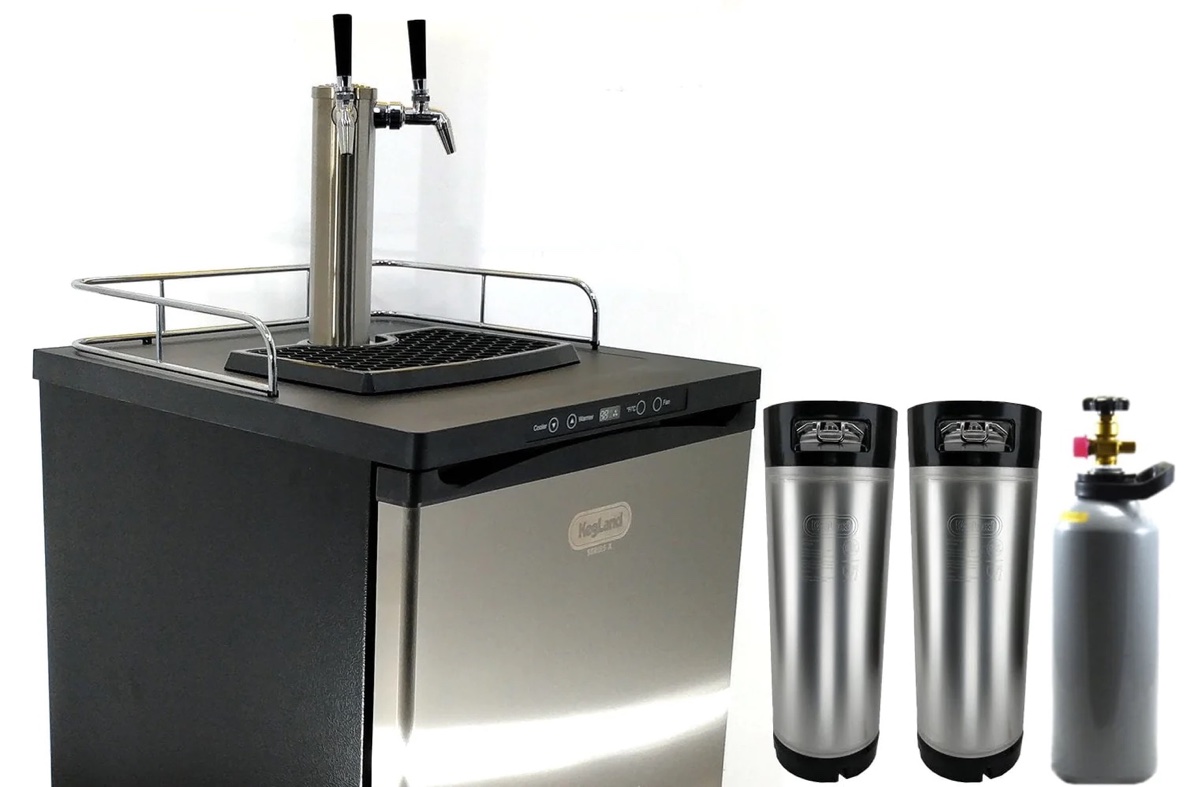
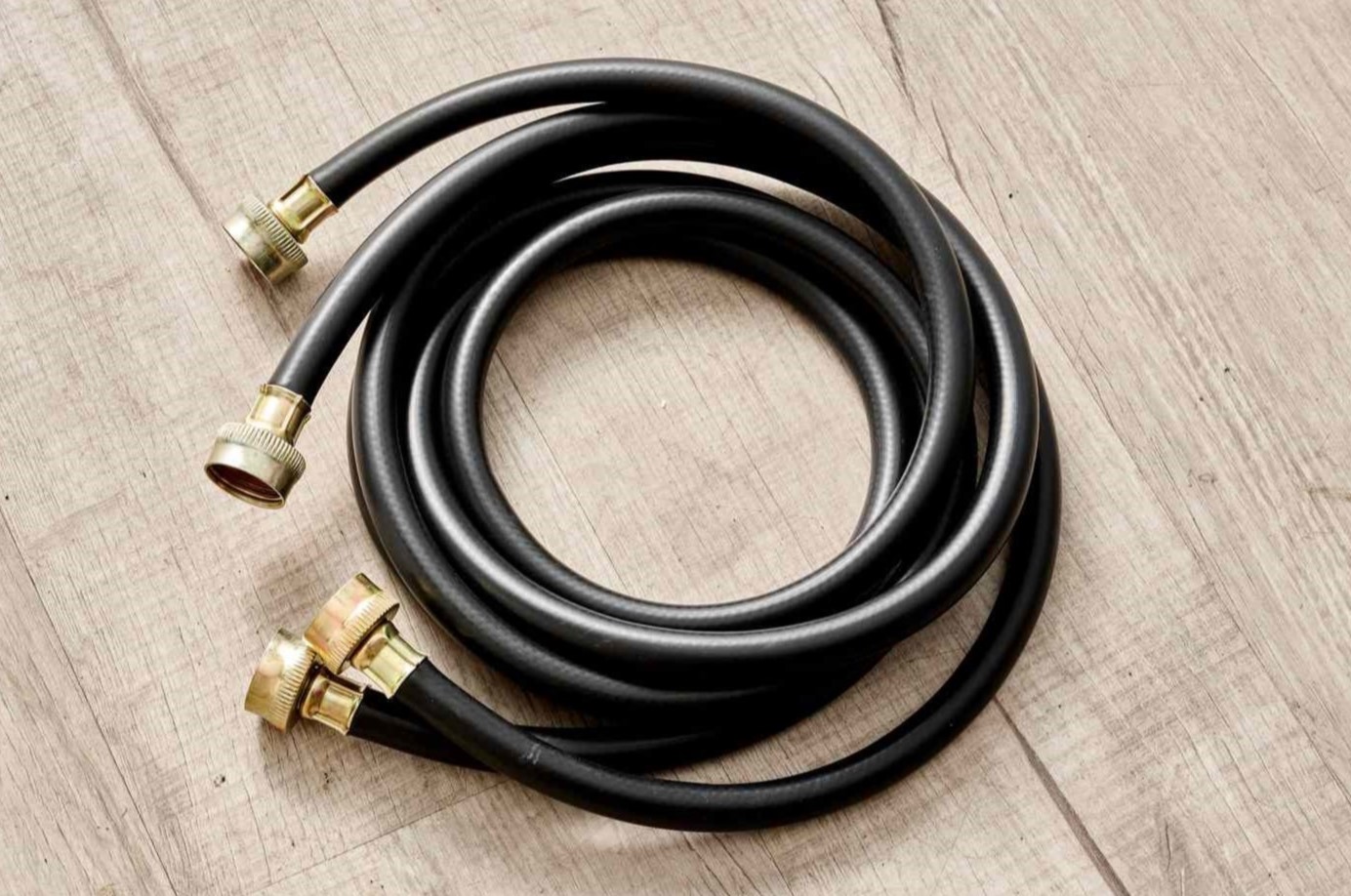
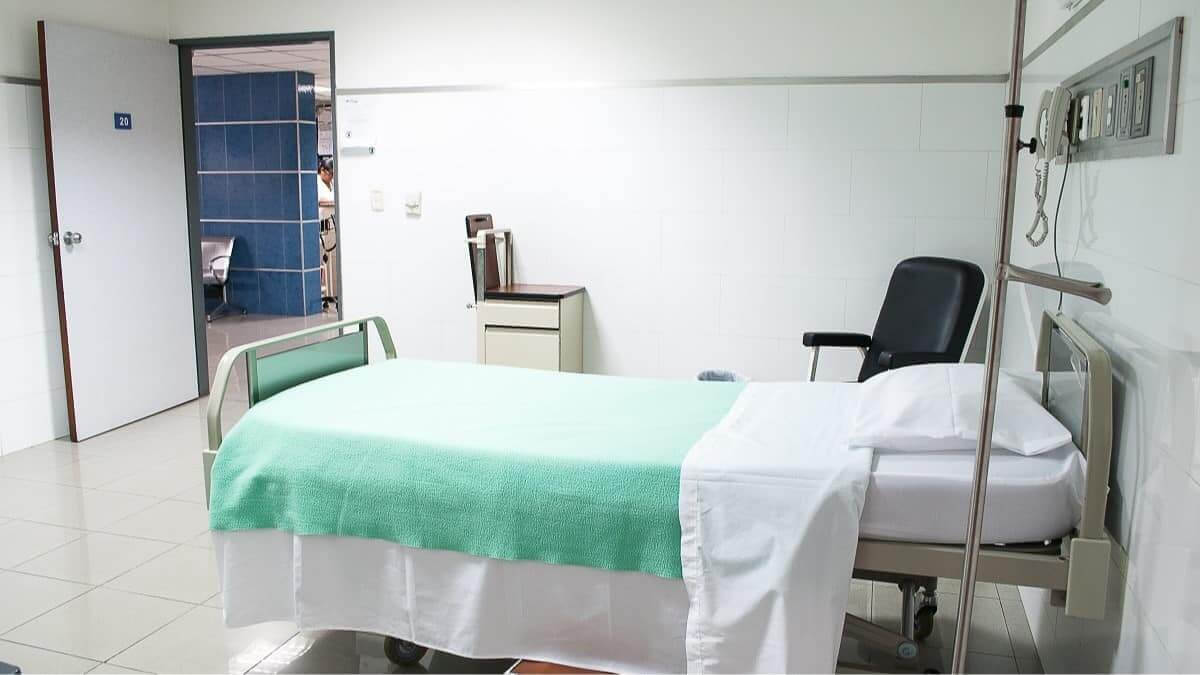
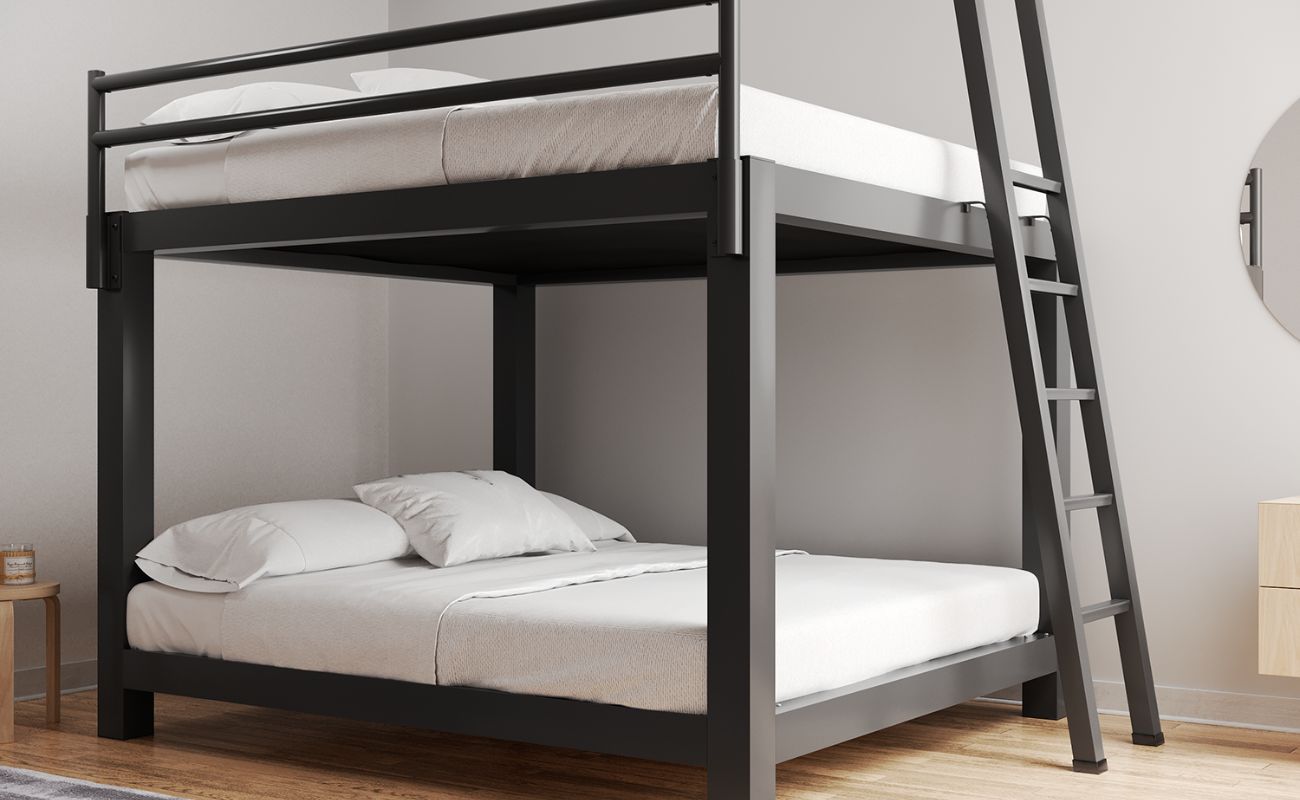

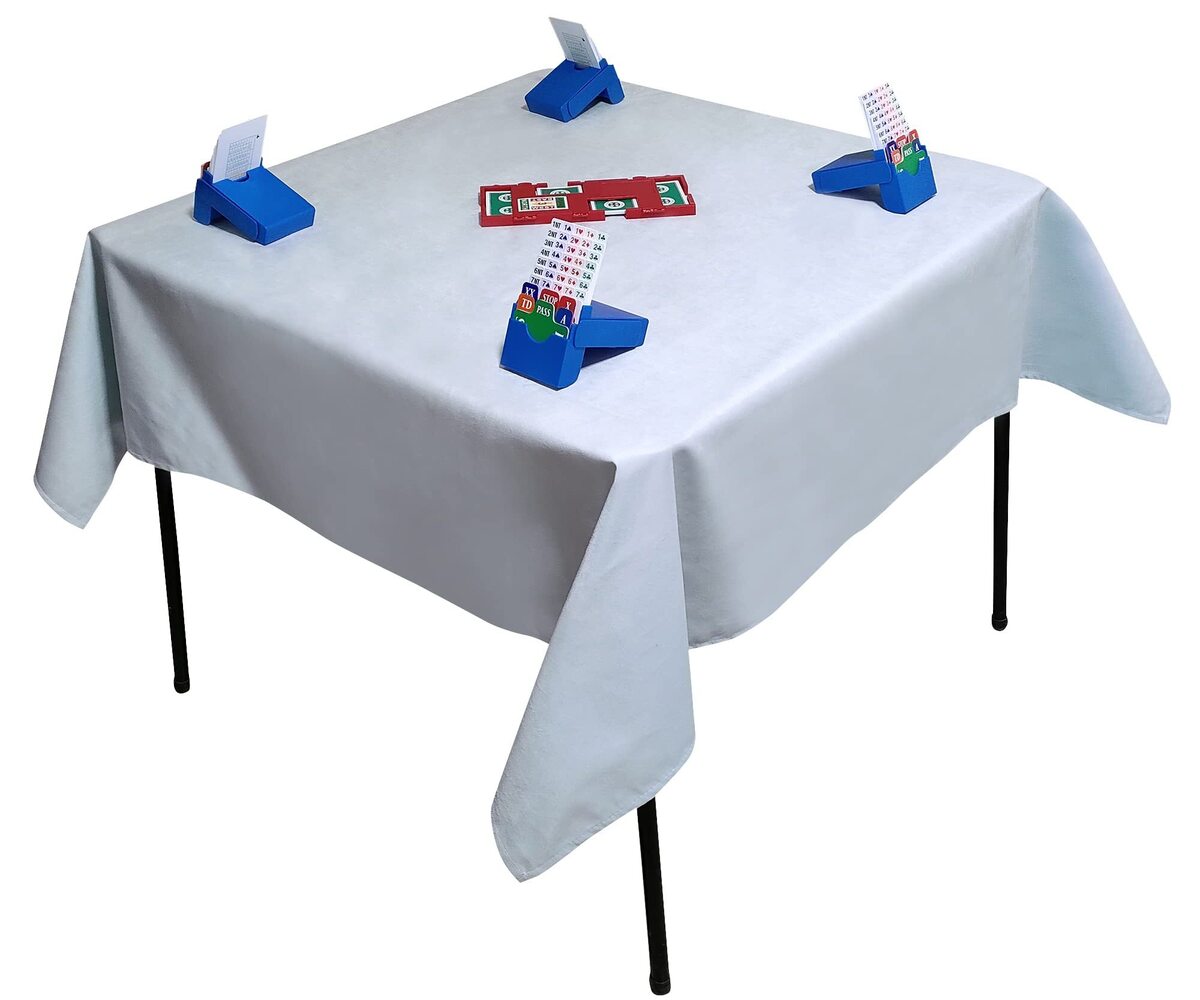
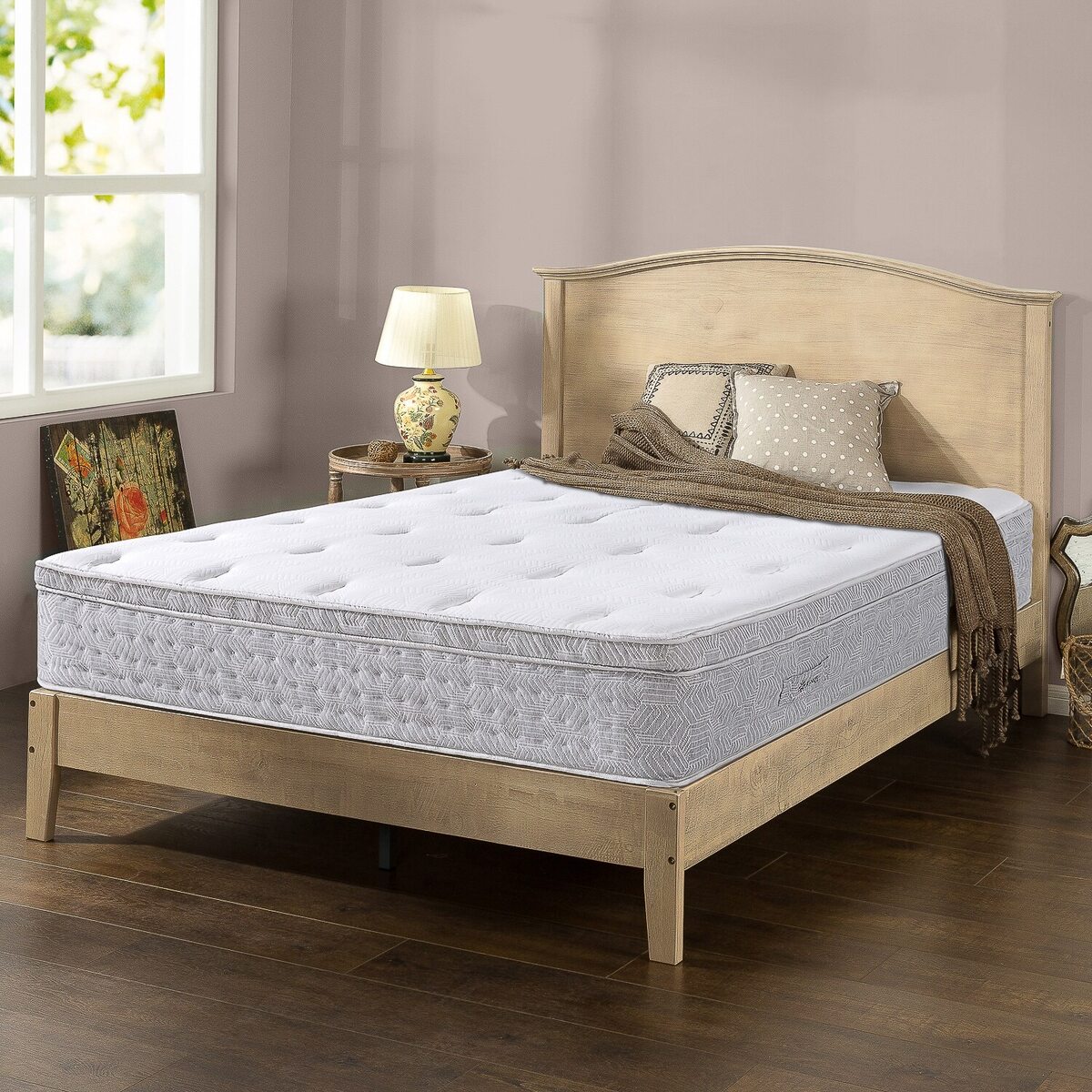
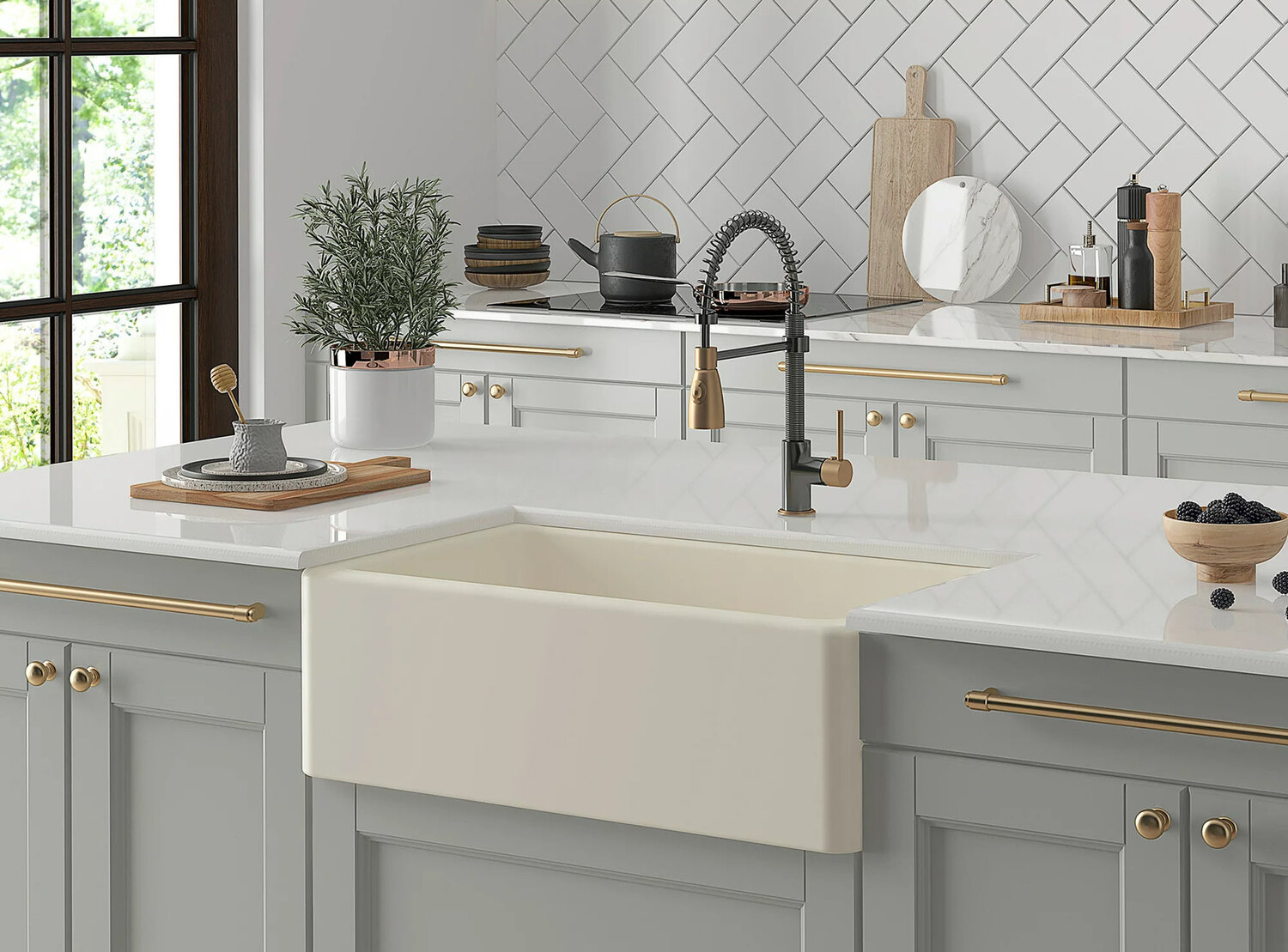
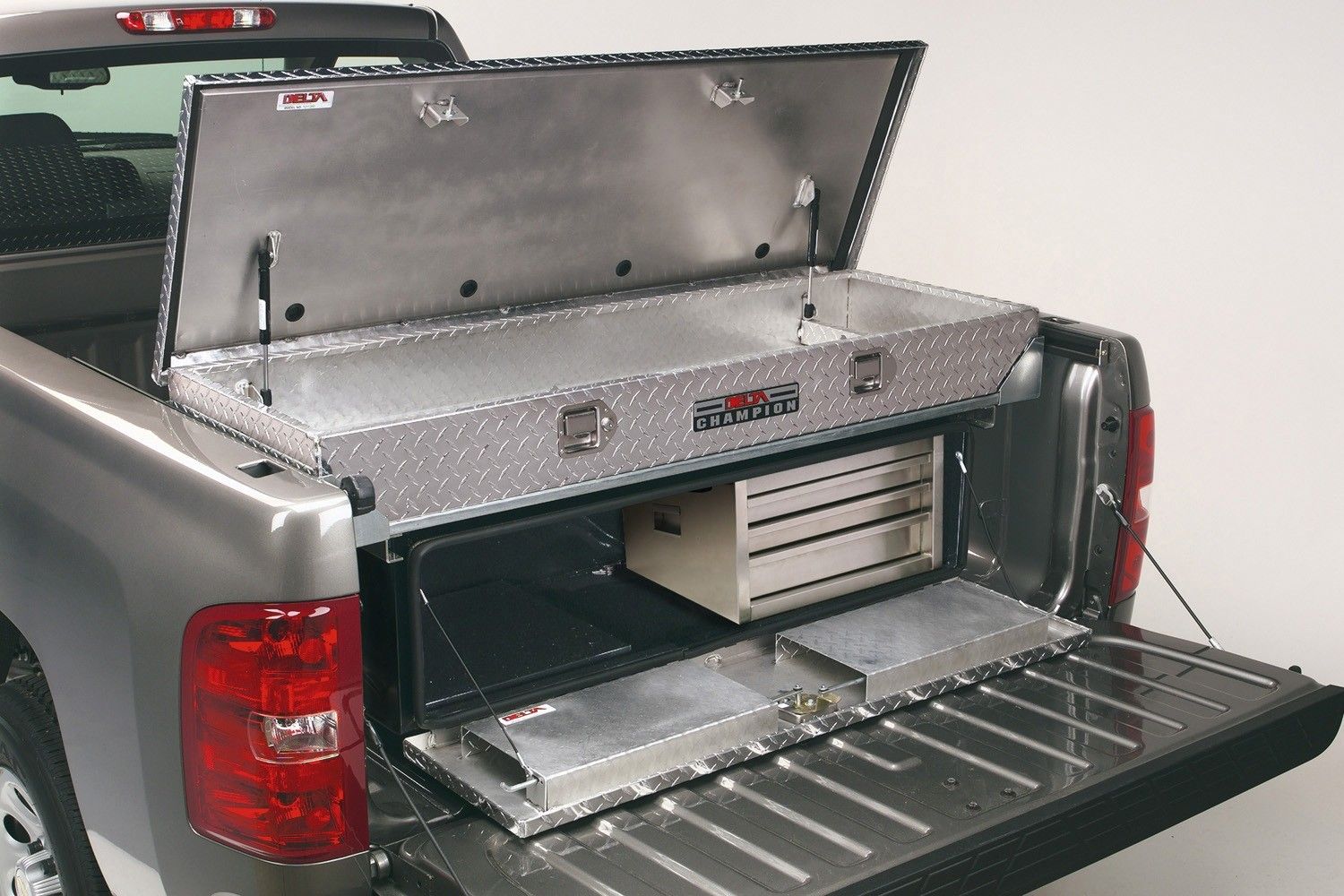
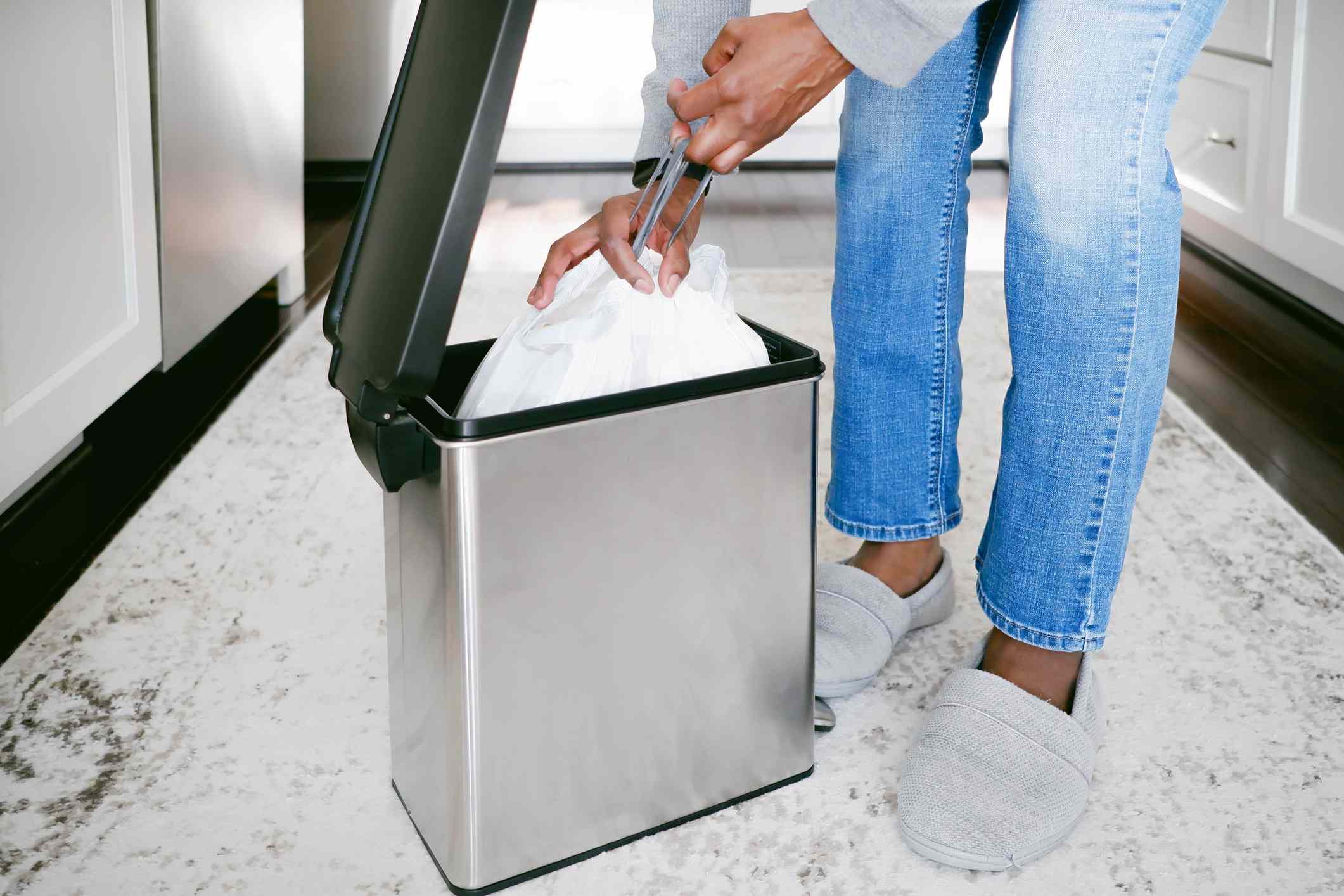
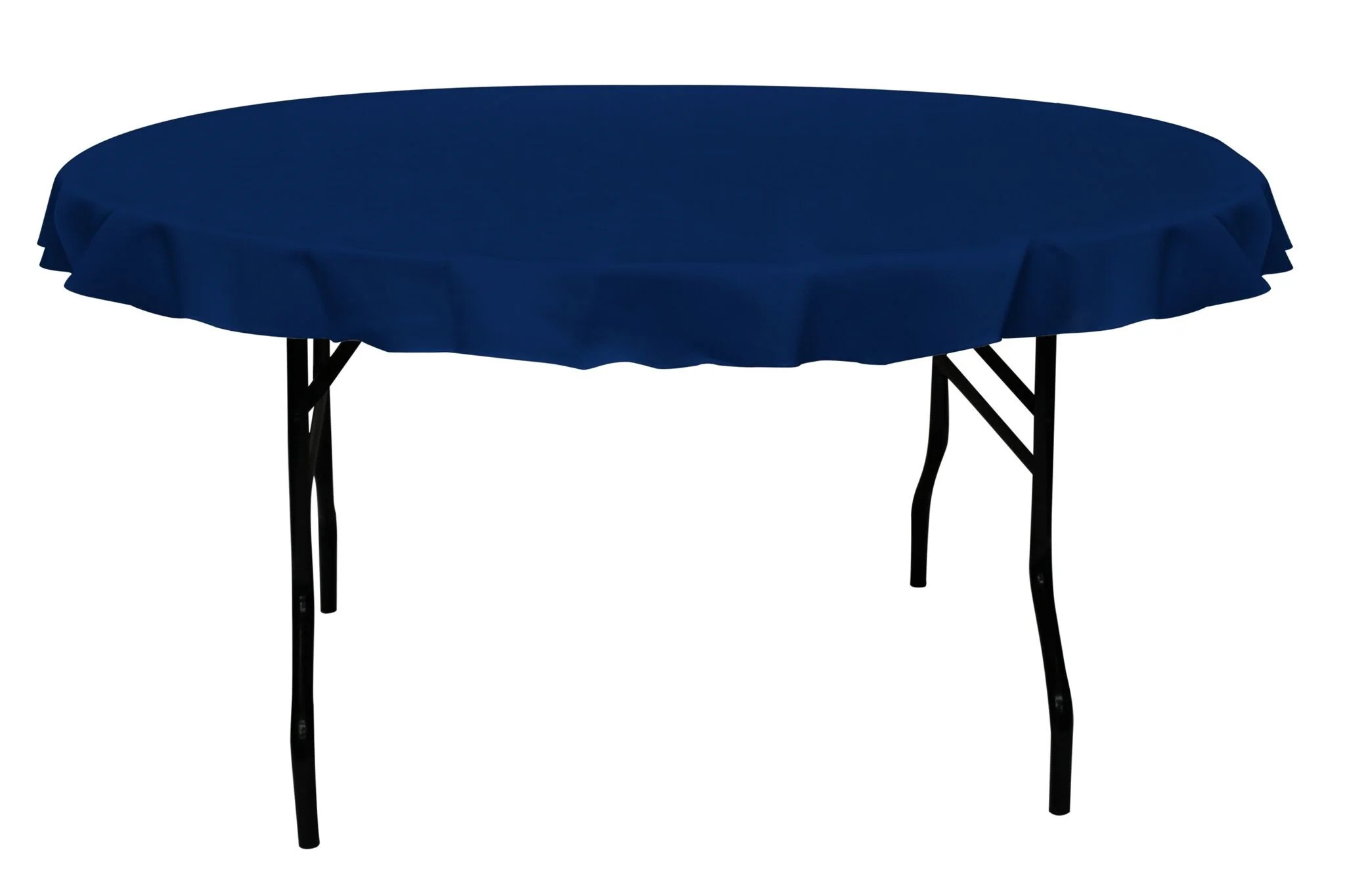
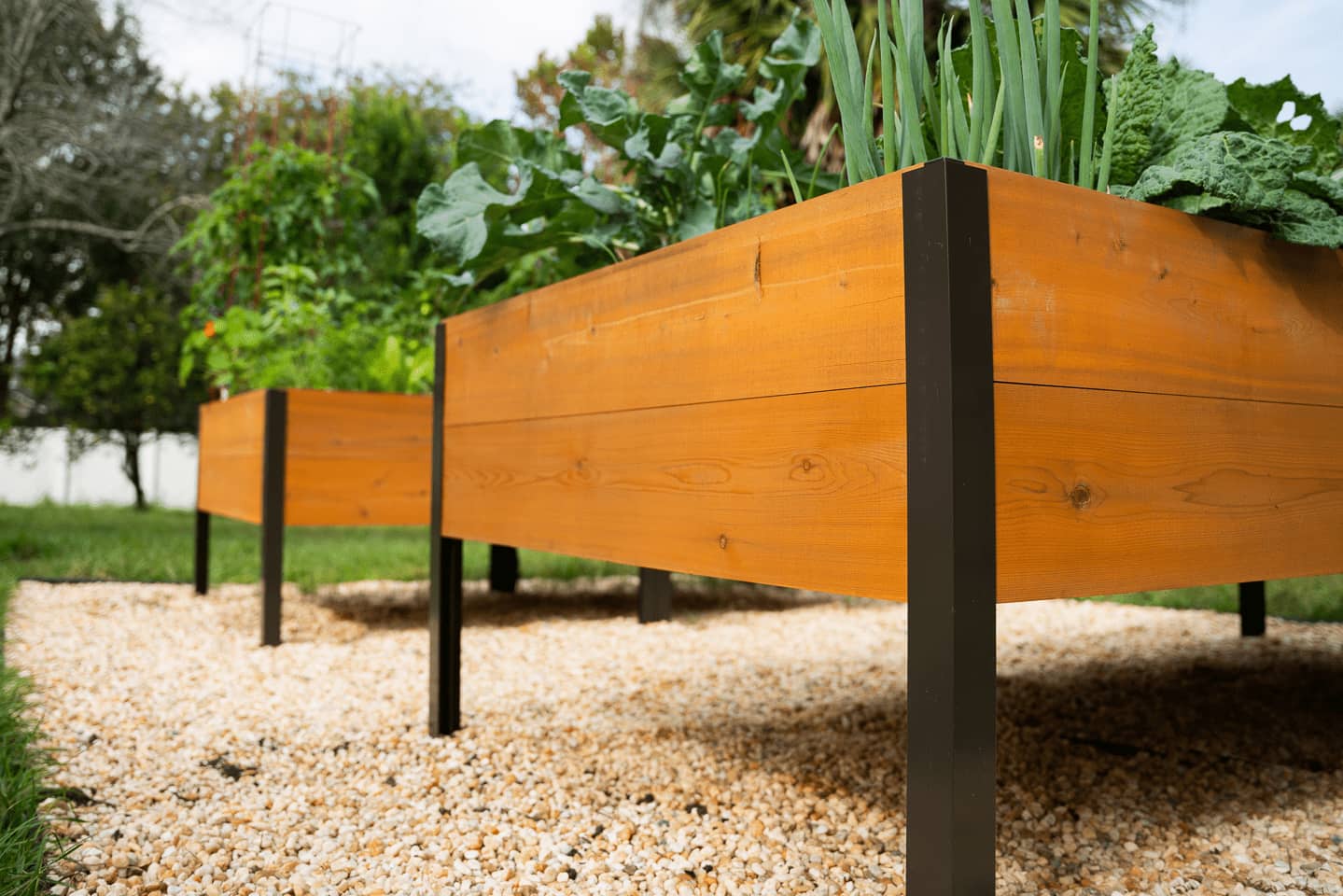
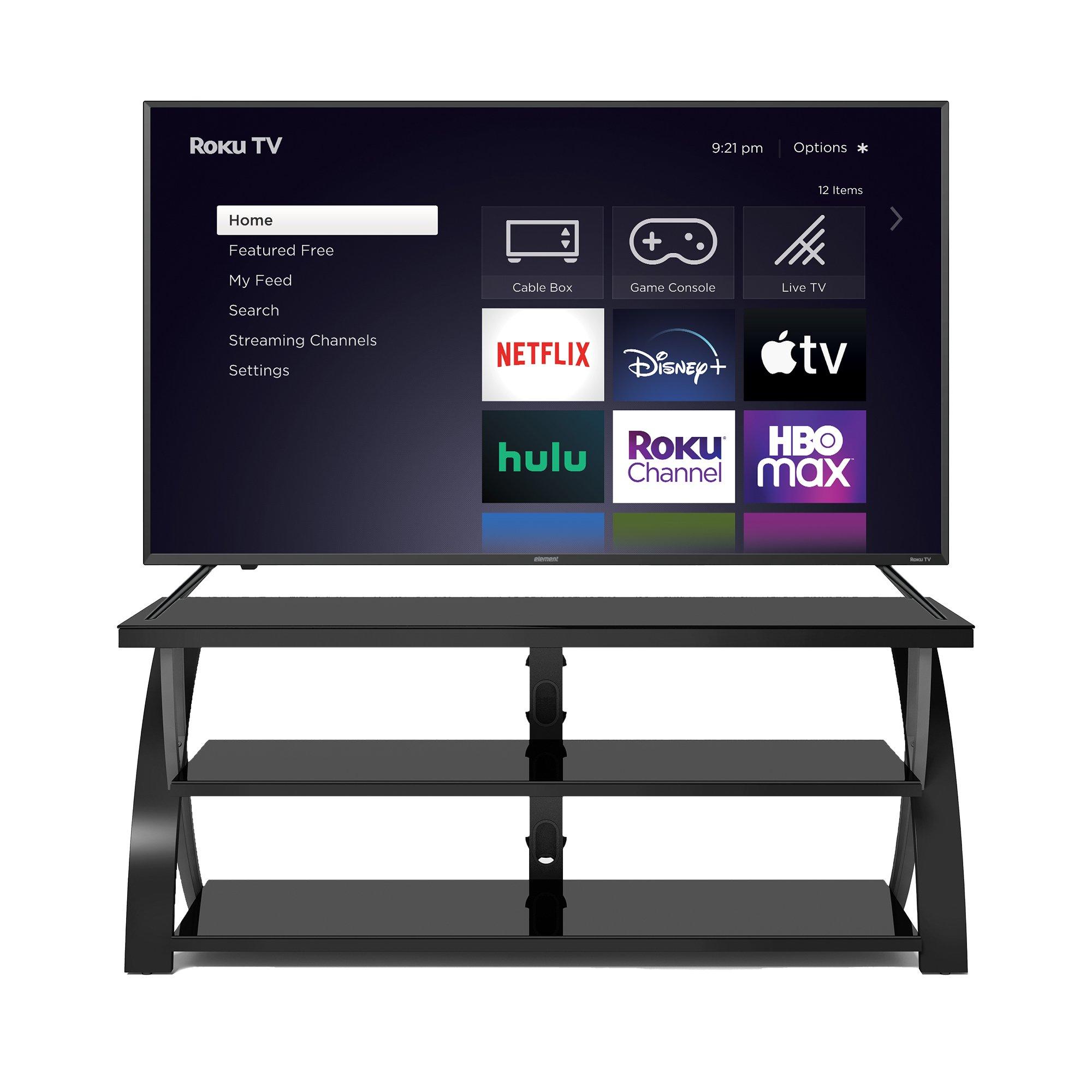
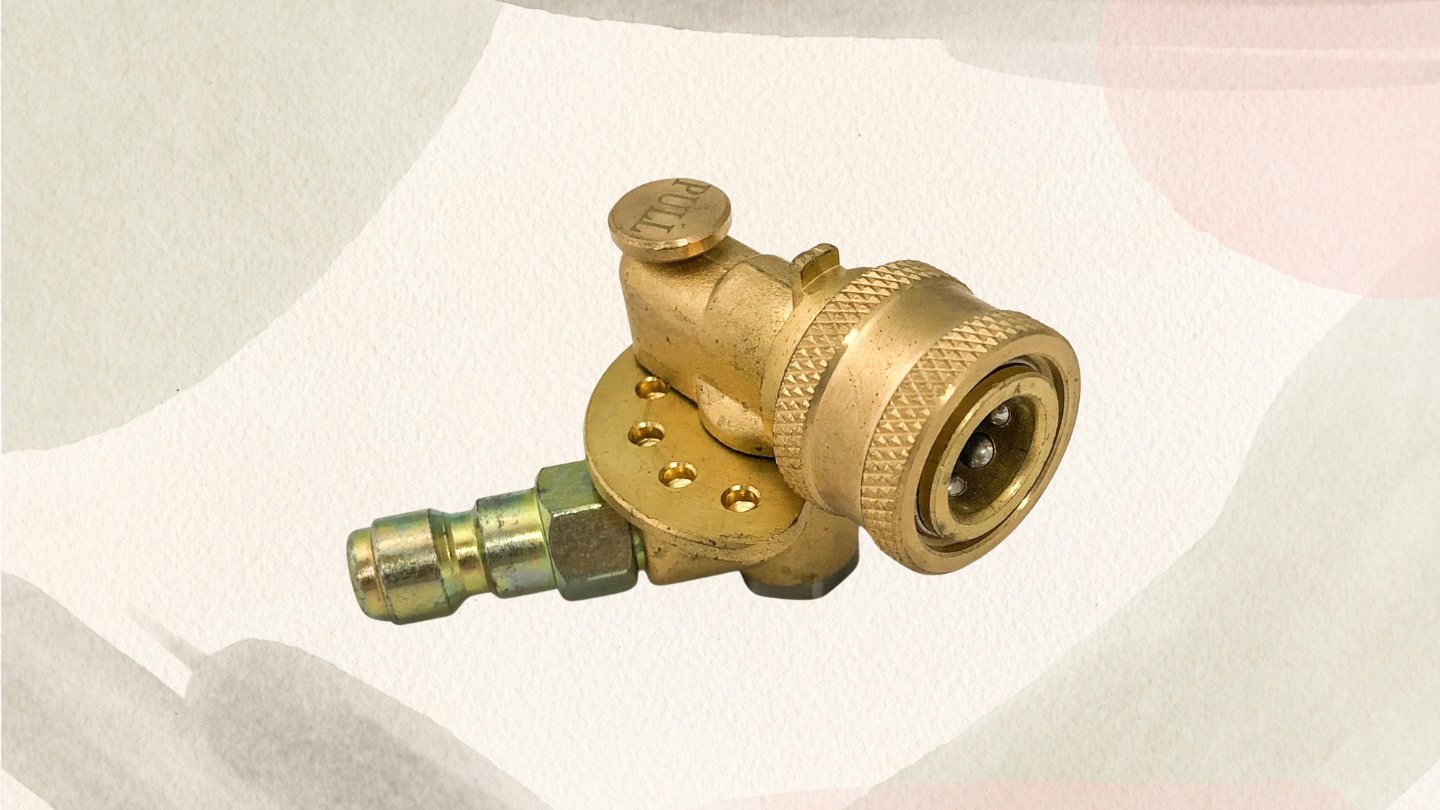

0 thoughts on “What Size Is A Garden Hose Fitting”